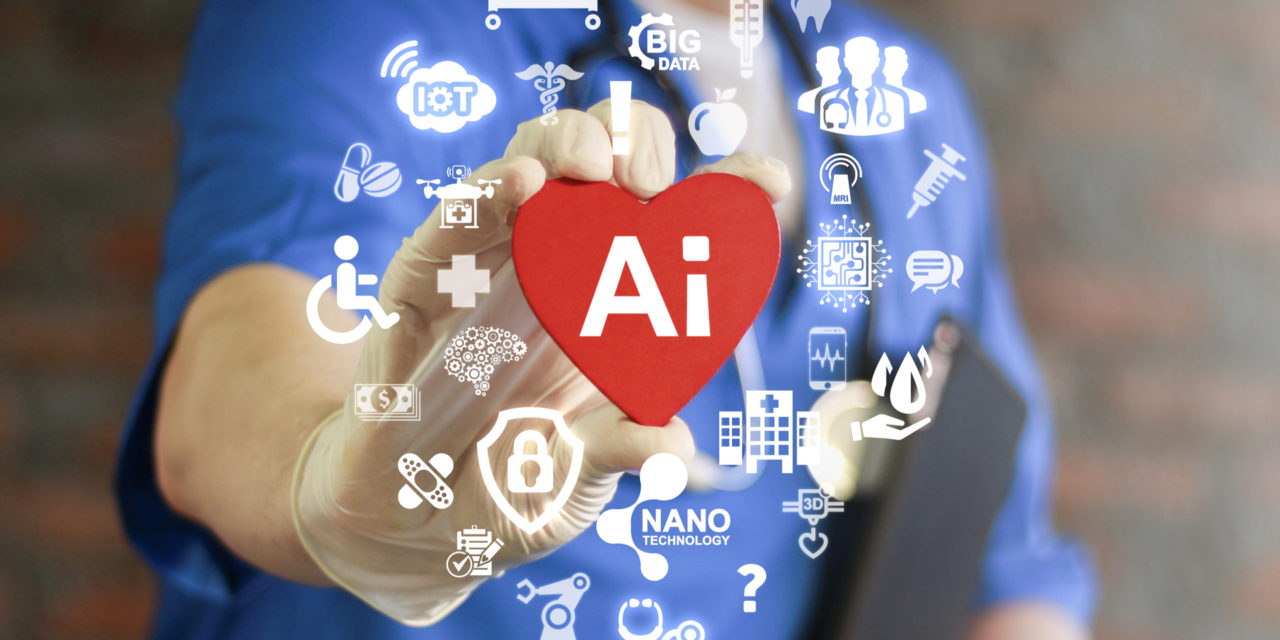Click the button below for instant access to the association’s healthcare solutions. It’s more than medical!
Healthcare Solutions
The year is 2022. The quantified self is alive and well, digital technologies have transformed the culture of healthcare and new entrants have disrupted delivery models. These are some of the predictions in our Life sciences and healthcare Predictions 2022 report, which paints a picture of a healthcare world that is very different to the world in 2018.
The culture in health care is transformed by digital technologies: Smart healthcare is delivering more cost-effective, patient-centered care
Prediction
[expander_maker id=”1″ more=”Read more” less=”Read less”]
By 2022, demographic and economic changes, increased patient expectations and advanced digital and cognitive technologies have disrupted health care worldwide. A growing number of inpatient health care services are now delivered more effectively at home or in outpatient ambulatory facilities. Patients with complex and acute inpatient needs are treated in smart digitally-enabled hospitals. Clinical roles have been optimized, and staff use cognitive technologies to deliver more seamless, integrated care designed around patient needs. Providers have established a data-driven, real-time understanding of patient flows and acuity to inform workforce planning. Patients control access to their health data. granting access to their electronic health records (EH Rs) to all health providers. as and when needed. The digital hospital leverages technologies to optimize care delivery, patient experience, staff deployment and the management of back-office services, reducing costs and improving outcomes.
The World in 2022
- Robotic Process Automation (RPA) and Artificial Intelligence (Al) initiate and coordinate concurrent activities, including resolving nursing workflow pain points, allowing caregivers to spend more time providing care and less time documenting.
- Secretarial robots listen to consultations and write up notes automatically.
- Comprehensive software platforms support multiple modes of health
- care communication (voice calls, secure text messages. alarm and
- alert notifications), improving the efficiency and safety of caregiver communication.
- Clinical decision-making is enabled by centralized digital command centers.
- The design of the hospital supports the wellbeing of patients and staff, emphasizing the experience of care.
- Digital supply chains, automation, robotics, and next-generation interoperability drive the productivity of most back-office functions.
- Al algorithms have changed disease diagnosis through mining medical records, reading imaging diagnostic tests and augmenting the role of radiologists.
- Biotelemetry monitors patients in their own homes, providing objective insights to clinicians and helping individuals understand their own vital signs.
- Online portals enable regulatory-compliant video interactions between the patient and the clinician.
- E-visits are supported by portable point-of-care diagnostic tools, facilitating remote physical examinations, improving access and reducing traveling, waiting times and inconvenience.
- Radio-frequency identification (RFID) technology tracks staff and equipment, helping to optimize the use of resources.
Conquered constraints
- Hospitals have established a culture for digital transformation, with senior managers promoting the importance of a digital future and driving its implementation at all levels, including providing staff with the requisite skills needed to optimize the use of technology.
- Clinician satisfaction with EHR systems has improved significantly due to a new generation of apps that integrate effectively into the workflow, delivering efficient clinical decision.
- New international governance standards on interoperability have helped mitigate cyber risks, despite the proliferation of medical-grade digital devices.
- Blockchain technology has enabled development of an accessible, comprehensive, secure, and interoperable repository of health information.
- Network connectivity, including access to fast, secure Wi-Fi, is widely available, enabling patient records and point-of-care diagnostics to be accessed as and where needed.
- Telemedicine and telementoring have regulatory approval and clinician support.
- New funding models enable payers to commission for outcomes for a defined patient population from vertically integrated accountable care organizations.
- The silos between hospital and community care have been eroded by designing care pathways around the patient, supported by interoperable EHRs; hospital staff run community clinics, and primary care staff provide inreach services and co-ordinate home care.
Information sourced from The Deloitte UK Centre for Health Solutions, which generates insights and thought leadership based on the key trends, challenges and opportunities within the healthcare and life sciences industry. These insights were taken from “The future awakens: Life sciences and healthcare predictions 2022”
[/expander_maker]

















![[Class, May 20] ServSafe Manager, Kent](https://wahospitality.org/wp-content/uploads/2018/07/CALEND1-150x150.png)








